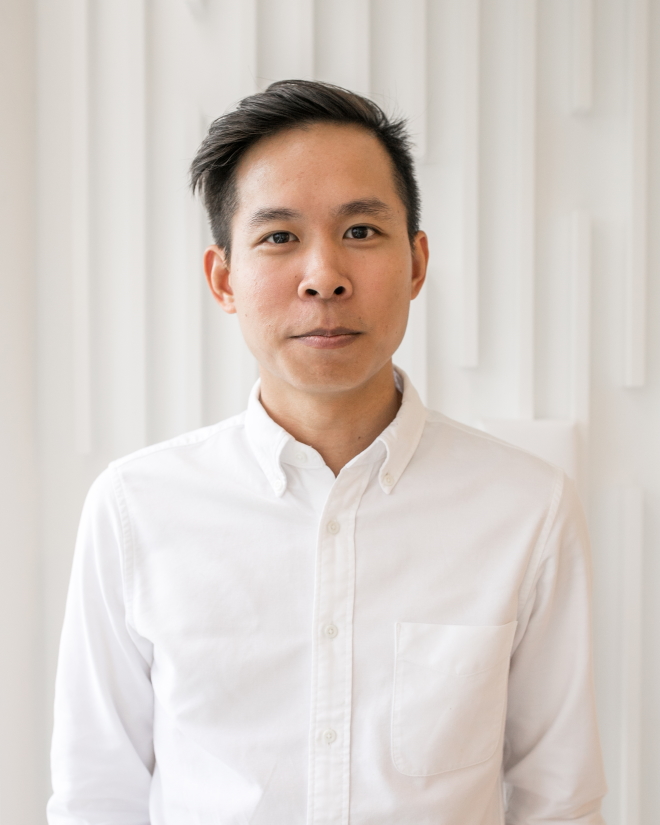
Health x Wellness
WhiteCoat and Homage launch pilot telehealth programme
WhiteCoat, a digital healthcare provider, has partnered with Homage, an on-demand home caregiving services platform, to launch a pilot telehealth programme that complements home-based care
This programme provides elderly patients the convenience of consulting a doctor at home. According to WhiteCoat, patients with hypertension, hyperlipidemia (high cholesterol) and diabetes currently make up about 10 percent of those who use their app for teleconsulting with their in-house doctors.

Bryan Koh, CEO and Founder, WhiteCoat shared some key points about the programme with the Active Age.

the Active Age (AA): Bryan, how did this concept of the partnership come about?
Bryan Koh (BK): WhiteCoat is always keen to establish strategic partnerships with other organisations to build a bolt-on supplementary offering that allows existing care providers access to an online-based service delivery solution. Fortunately, we had the opportunity of meeting Gillian (from Homage) earlier this year and had the privilege of learning about Homage first hand.
We were heartened by Gillian’s devotion to connect professional caregivers to seniors who needed help – similar to WhiteCoat’s passion to connect patients to doctors – and quickly realised that WhiteCoat and Homage share the common goal of making quality, on-demand healthcare more accessible and affordable.
For this partnership specifically, what resulted is a solution that offers modern technology that comes with the productivity benefits, along with personal touch that comes only from intimate 1-to-1 relationships.
AA: How was the reception of the pre-pilot/trial by both the elderly and caregivers?
BK: The pilot was just launched at the end of September. So far, the feedback we received has been positive but we will be continuing to monitor sentiments closely.
AA: What are some common questions and areas, you feel, that needs to be addressed for telemedicine to work in Singapore?
BK: Ultimately, the goal of WhiteCoat is to help increase the efficiency of healthcare systems. To achieve that result, we should address key pain points within the incumbent systems, and guide patient behaviour as well.
For instance, one of the challenges we faced was the time gap between consulting a doctor and actually consuming one’s medication. By previous measure, the industry average waiting time for delivery of medicine stood at three hours. Partnering with GrabExpress to close this gap to 90 minutes represents a significant improvement in service quality and helps address potential escalation of certain acute conditions, such as upper respiratory tract infection, headache / fever and skin conditions.
We shouldn’t overlook the importance of helping address common misconceptions about the provision and efficacy of primary healthcare. Most Singaporeans are conditioned to visiting a clinic, waiting in line and finally consulting with the doctors for around 10 minutes or less before going to the dispensary to receive medication – it is the way it’s been all these years, and it’s what they know.
It is very encouraging that regulators as well as the telehealth industry as a whole are helping the public better understand what telemedicine is meant to address specifically. At the end of the day, telehealth isn’t the panacea to cure all ills; but used in the right context, it should bring incredible cost and time savings to complement the plethora of healthcare options in a developed market like Singapore’s, starting with a fairly encompassing range of acute conditions, and stable chronic conditions.
AA: What are the anticipated benefits and outcomes you hope for if the pilot is successful?
BK: For many of our elderly loved ones, travelling elsewhere to seek medical attention or just a simple refill of their chronic medication can be a daunting experience. With WhiteCoat, families and caregivers now have peace of mind that their loved ones are able to receive the treatment and medication they need without running into any risks while travelling to and from the hospitals and clinics.









